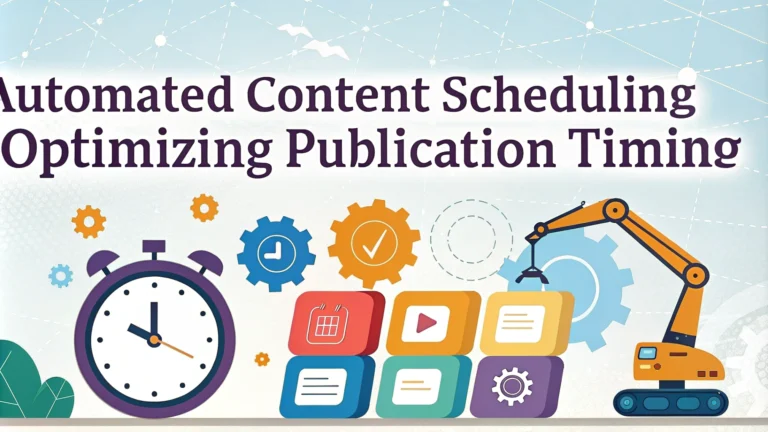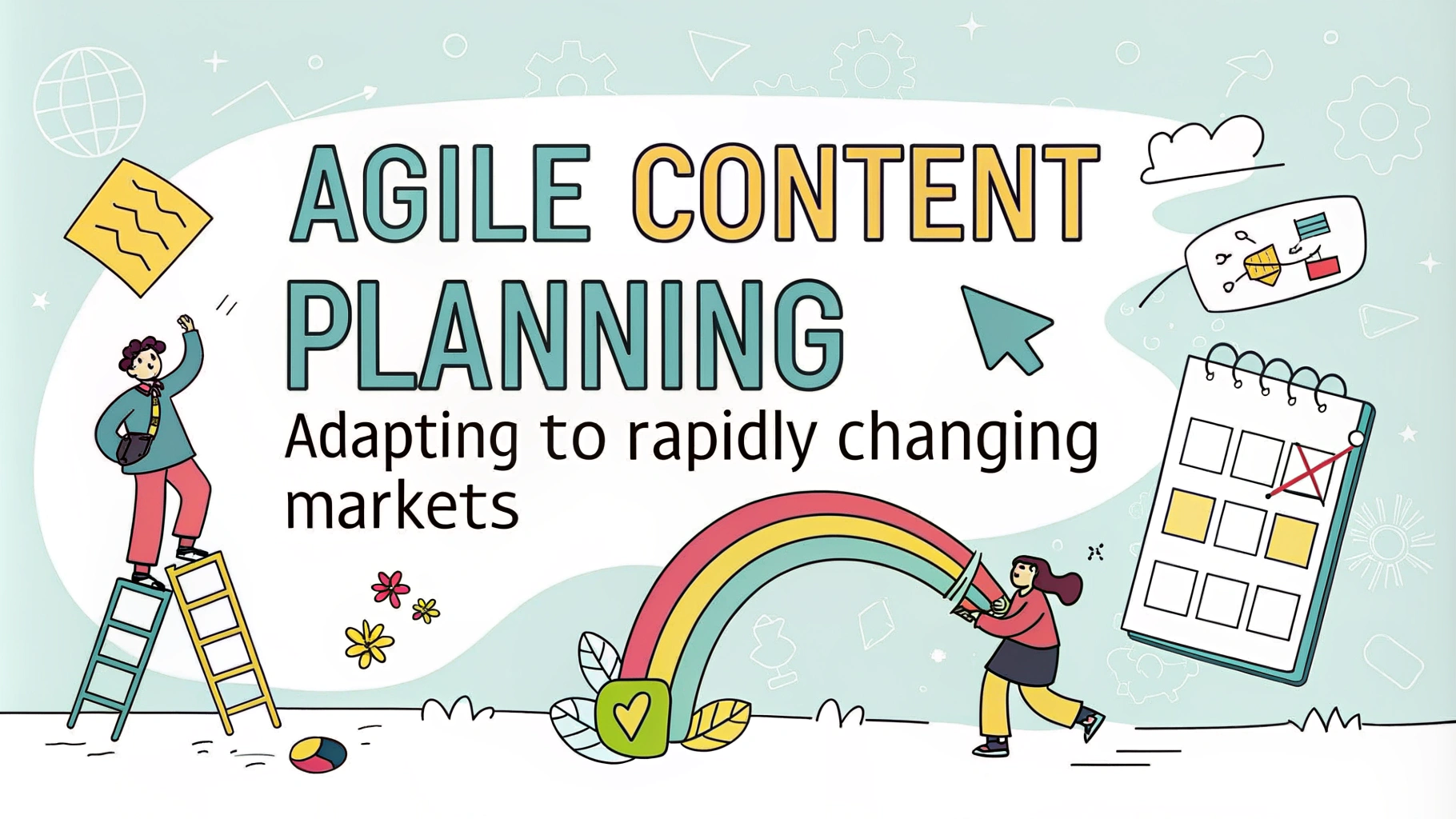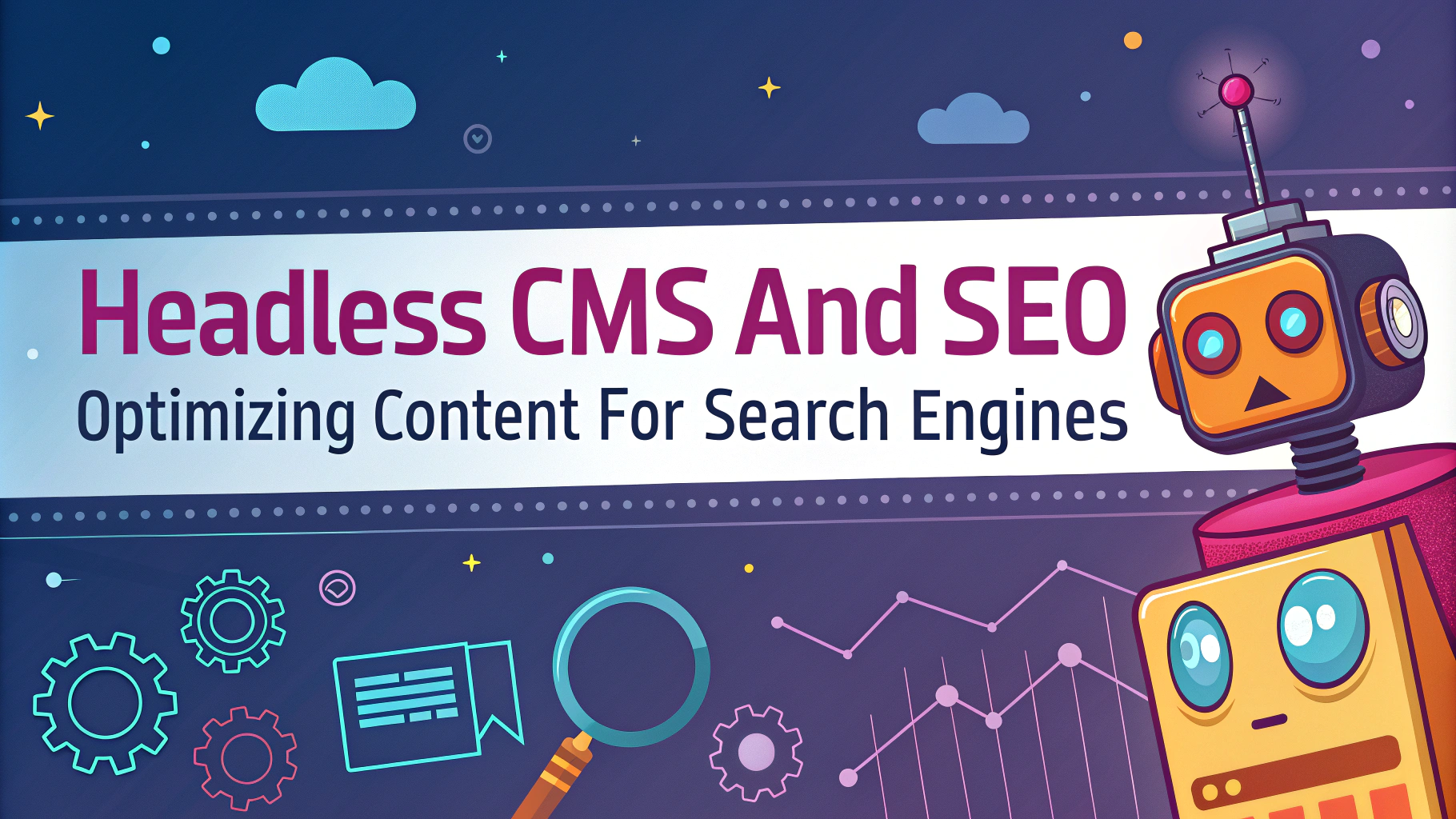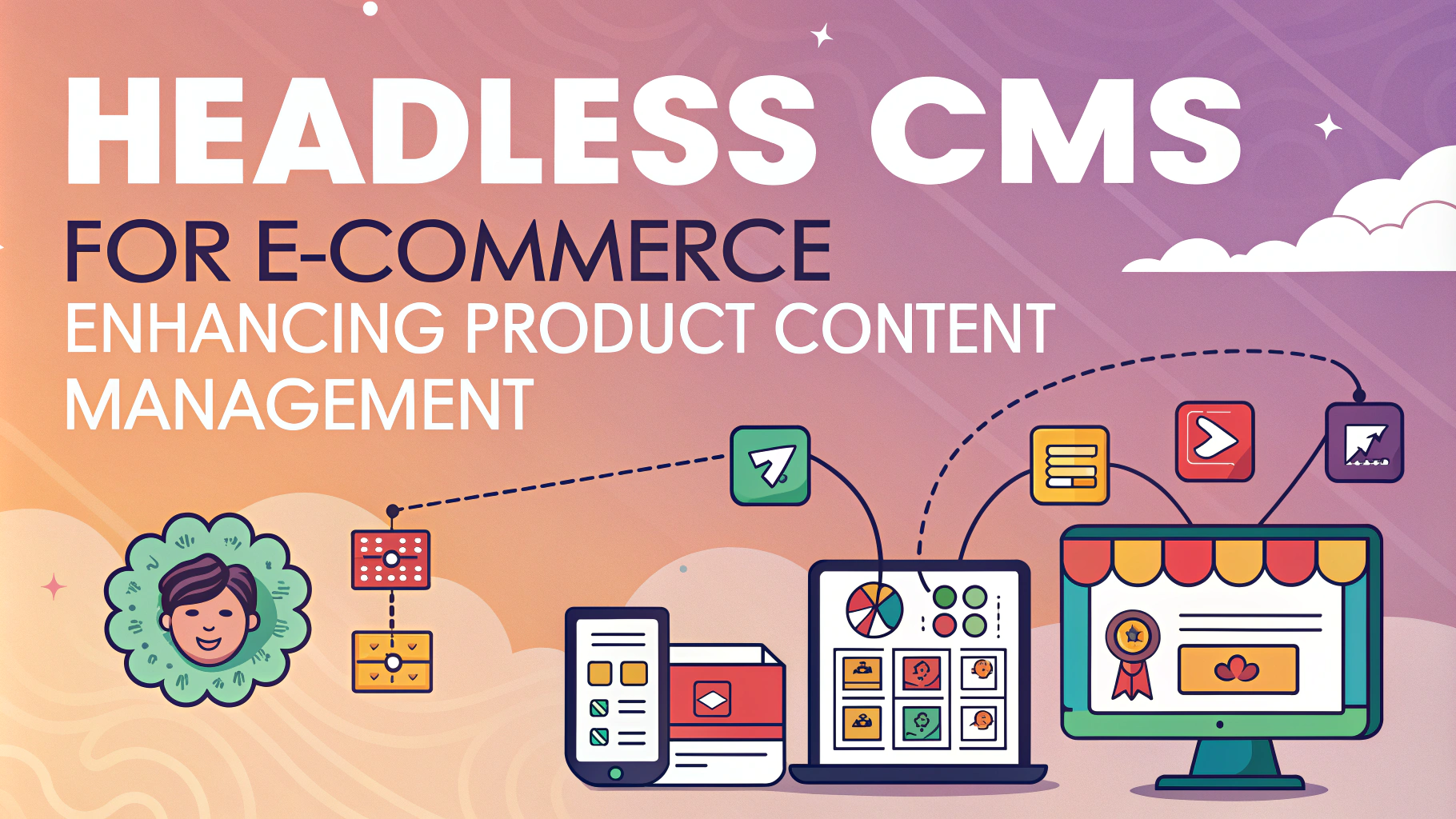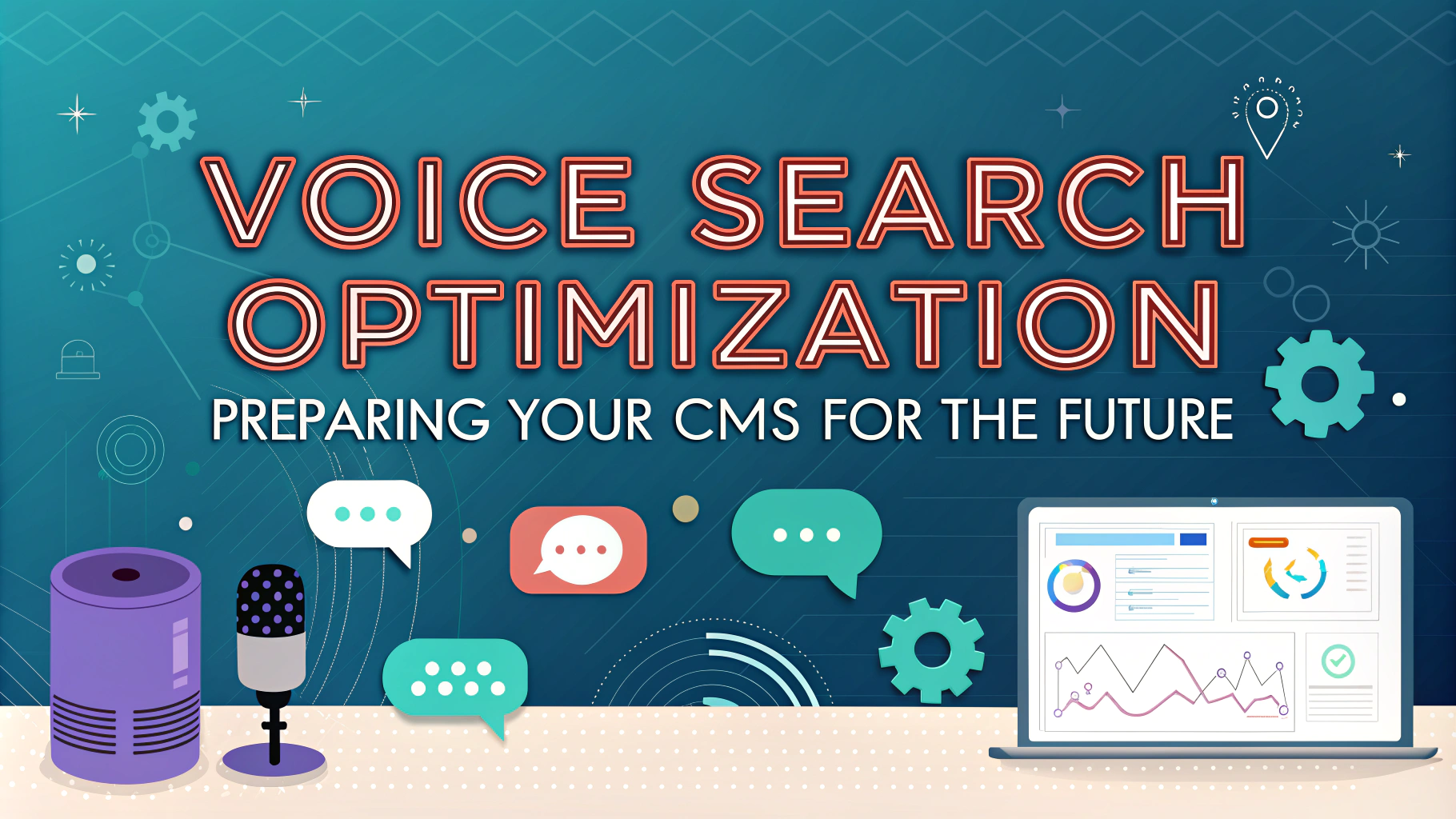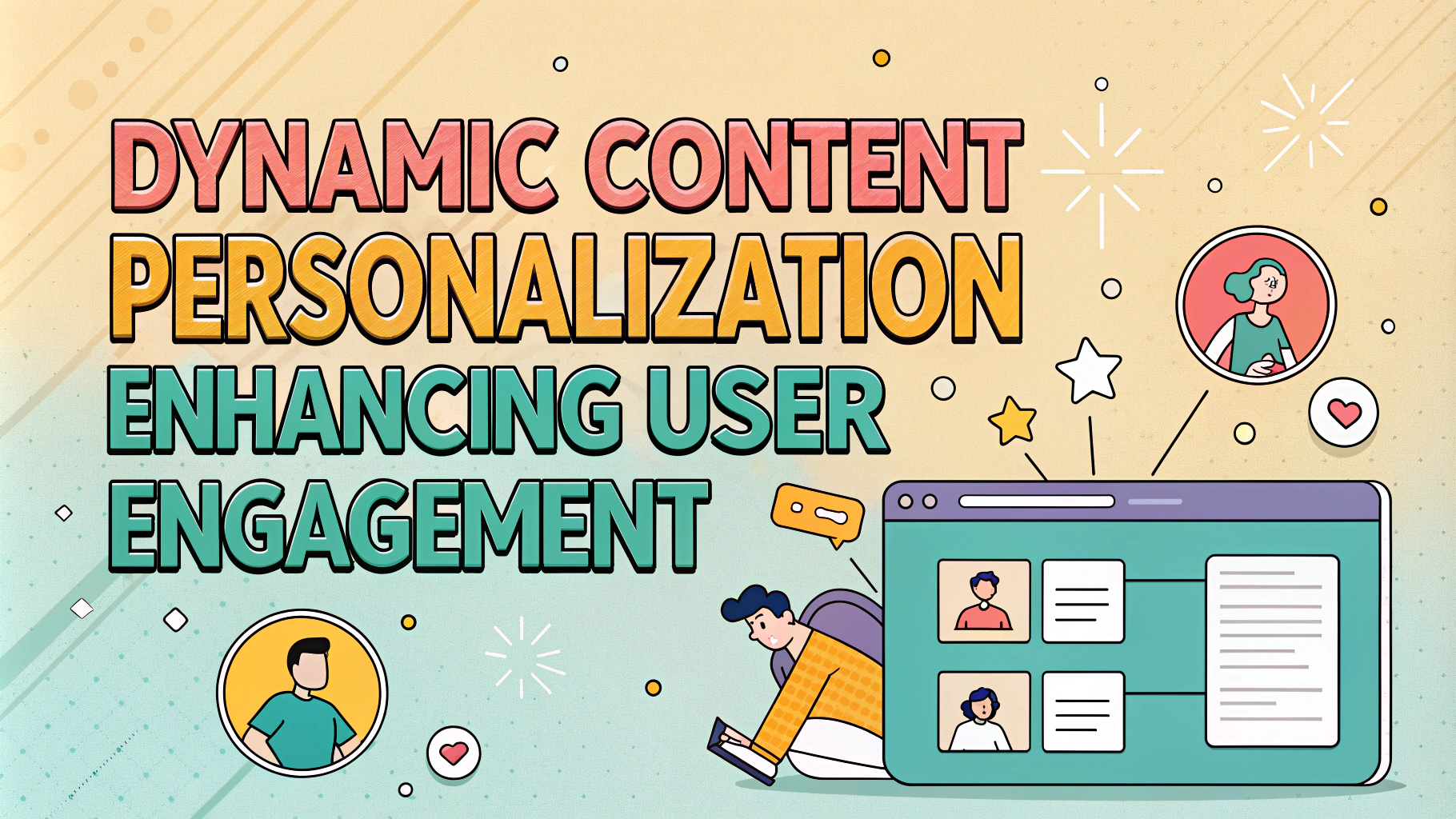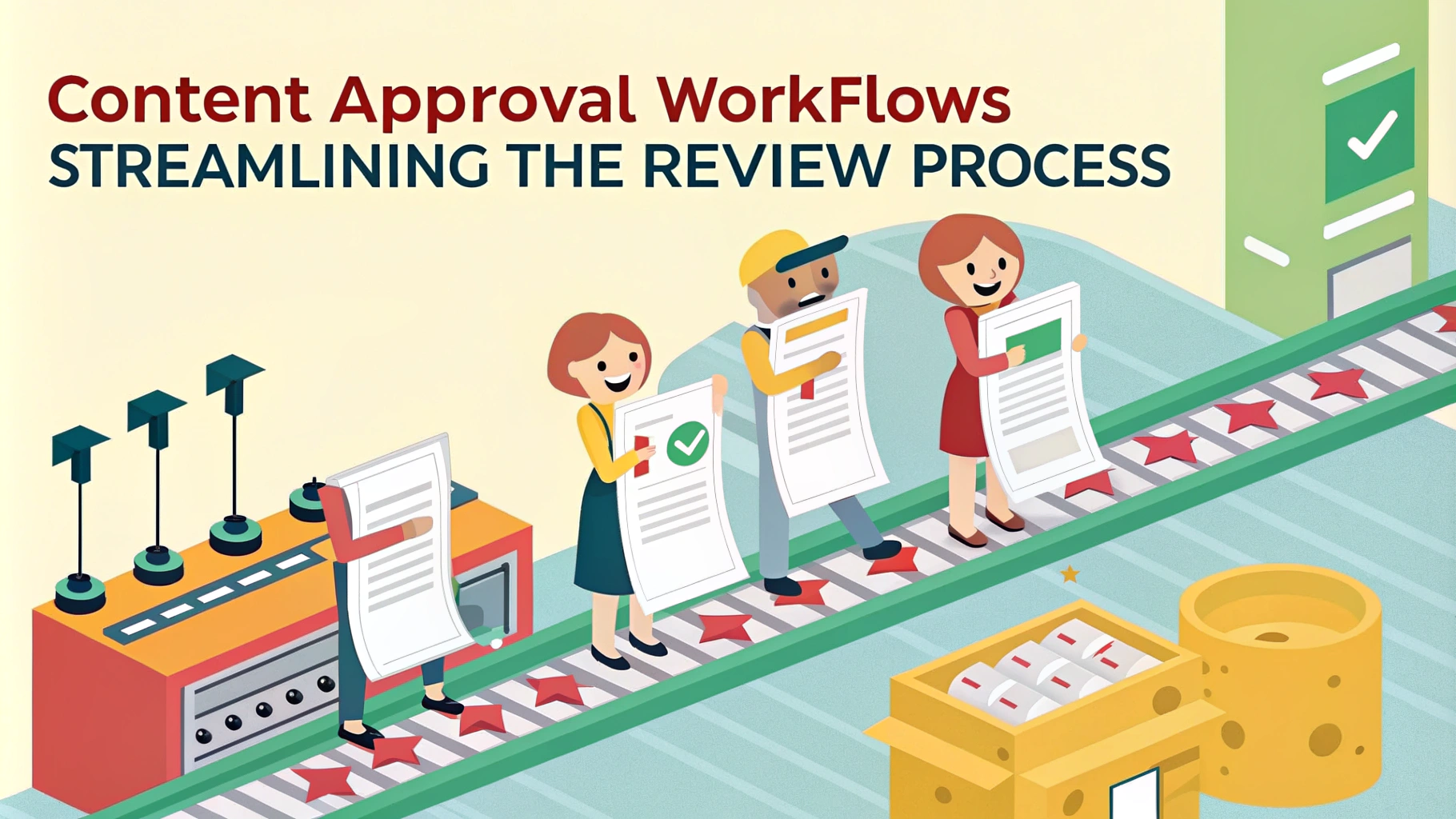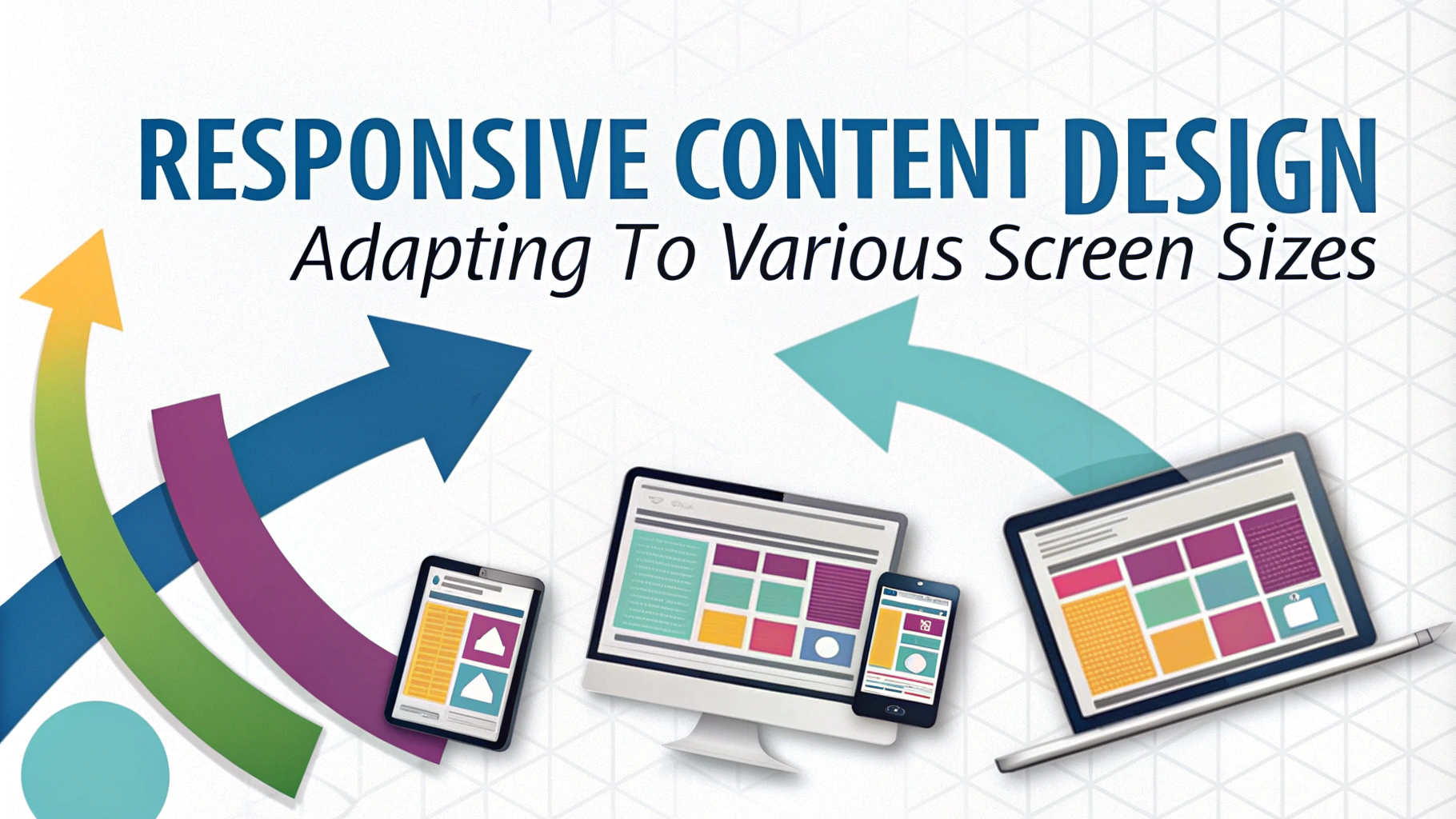Effective content scheduling can dramatically boost your digital marketing efforts. This guide explores strategies to optimize your publication timing, streamline workflows, and enhance team collaboration.
Understanding the Importance of Content Scheduling
Content scheduling is more than just picking a time to post. It’s about:
- Maximizing audience engagement
- Maintaining a consistent brand presence
- Reducing stress and last-minute rushes
- Improving content quality through better planning
By mastering scheduling techniques, you’ll create a more efficient and effective content strategy.
Analyzing Your Audience’s Behavior
To schedule content effectively, you need to understand when your audience is most active and receptive. Consider:
- Using analytics tools to track engagement patterns
- Experimenting with posting times and analyzing results
- Segmenting your audience by time zones or demographics
Pro tip: Don’t rely solely on general best practices. Your audience’s behavior may differ from the norm.
Leveraging Automation Tools
Automation tools can significantly streamline your content scheduling process:
- Buffer: Ideal for scheduling across multiple social platforms
- Hootsuite: Offers robust analytics alongside scheduling features
- CoSchedule: Integrates well with WordPress for blog scheduling
These tools allow you to plan content weeks or months in advance, ensuring a consistent posting schedule.
Key Features to Look for in Scheduling Tools:
| Feature | Benefit |
|---|---|
| Bulk uploading | Save time by scheduling multiple posts at once |
| Content calendar view | Visualize your posting schedule easily |
| Team collaboration | Streamline approval processes and coordination |
| Analytics integration | Track performance and adjust scheduling accordingly |
Optimizing Workflows for Efficient Content Creation
Efficient workflows are crucial for maintaining a consistent content schedule:
- Plan ahead: Create a content calendar for at least a month in advance
- Use templates: Standardize your content creation process
- Implement approval systems: Streamline the review process to avoid bottlenecks
- Batch similar tasks: Group related activities for increased efficiency
Consider using project management tools like Trello or Asana to keep your team organized and on track.
Sample Content Creation Workflow:
1. Idea generation and topic selection
2. Research and outline creation
3. Writing and editing
4. Visual asset creation
5. Final review and approval
6. Scheduling and publication
By following a structured workflow, you can ensure that your content is consistently high-quality and published on time.
Maximizing Social Media Reach
Social media platforms are key to expanding your content’s reach. To make the most of these channels:
- Tailor content for each platform’s unique audience and format
- Use hashtags strategically to increase discoverability
- Engage with your audience through comments and direct messages
- Analyze platform-specific metrics to refine your strategy
Tip: Cross-promote your content across different platforms to maximize exposure.
Platform-Specific Strategies:
| Platform | Best Practices |
|---|---|
| Use high-quality visuals, Stories, and Reels | |
| Engage in conversations, use trending hashtags | |
| Share industry insights, use long-form articles | |
| Create engaging video content, leverage Groups |
Measuring and Analyzing Performance
Regular analysis of your content’s performance is crucial for refining your scheduling strategy:
- Track key metrics like engagement rates, click-throughs, and conversions
- Use A/B testing to compare different posting times and content types
- Set up custom reports in your analytics tools for easy monitoring
- Adjust your strategy based on data-driven insights
Pro tip: Look beyond vanity metrics. Focus on metrics that align with your business goals.
Key Performance Indicators (KPIs) to Track:
1. Engagement rate
2. Reach and impressions
3. Click-through rate (CTR)
4. Conversion rate
5. Audience growth rate
Regularly review these KPIs to identify trends and areas for improvement in your content scheduling.
Adapting to Algorithm Changes
Social media algorithms frequently change, affecting content visibility. Stay ahead by:
- Following official platform blogs and announcements
- Experimenting with new features and content formats
- Focusing on creating high-quality, engaging content
- Building genuine connections with your audience
Remember, while algorithms change, providing value to your audience remains constant.
Conclusion
Mastering content scheduling is an ongoing process that requires attention to detail, flexibility, and data-driven decision-making. By understanding your audience, leveraging the right tools, optimizing workflows, maximizing social media reach, analyzing performance, and adapting to changes, you’ll create a content strategy that drives engagement and achieves your marketing goals.
Key takeaways:
- Use data to understand your audience’s behavior
- Implement automation tools to streamline scheduling
- Develop efficient content creation workflows
- Tailor your approach for different social media platforms
- Regularly analyze performance and adjust your strategy
With these strategies in place, you’ll be well-equipped to create a content schedule that resonates with your audience and drives results for your brand.

